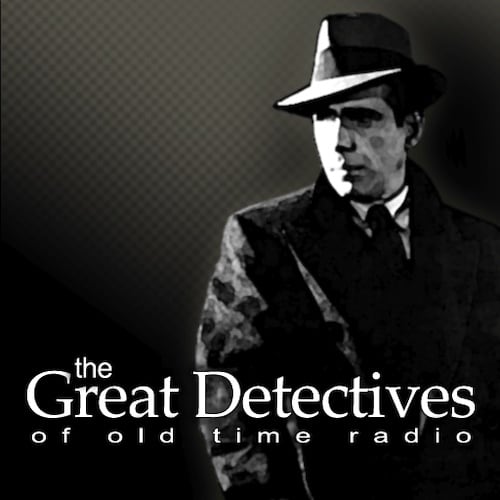Murder She Wrote: The Last Free Man was the third made for TV movie featuring Jessica Fletcher following the cancellation of the long-time hit TV mystery show. This is definitely not your typical Murder She Wrote story.
In the film, while in Virgina, Jessica (Angela Lansbury) strikes up a conversation with Cassandra Hawkins (Phylicia Rashad) who is looking into the case of one of her ancestors Samuel Pickney who was labeled a murderer in the waning days of the antebellum South. To add to the mystery, he has not one but two gravemarkers with two different dates of death. Jessica and Cassandra uncover accounts left behind by Jessica’s Great Great Aunt Sarah (also played by Lansbury) who was a slaveowner who owned Sam Pickney (Michael Jace) but considered him a friend.
Through the journal entries, the audience is transported back to the late 1850s and we witness the events leading up to the murder and see how Sarah tries to solve it while dealing with prejudice and tense politics of the era.
The telefilm can be divided into two parts: The framing story and the Antebellum story that takes up most of the movie.
The latter is very well done. The cinemotography is solid and captures the feel of the era quite nicely. Lansbury has a nice turn as the proper but determined Aunt Sarah. Jace has a great emotional performance as Sam. The mystery is an interesting puzzle. It’s not great, but certainly worth watching.
The framing story is far more problematic. There are four scenes in the twenty-first century around the three larger scenes in the 19th century and the first three scenes involve uncovering letters and journals written by Aunt Sarah that tell the story of the murder and its investigation. In no case is the search actually interesting. There’s no one trying to stop them from finding the information. Their search is simply finding a location, digging through boxes, and finding the documents for the next part of the main story. Where the final journal entry is found is not only easy to get to, it’s absurd to imagine that something of that nature would not have already been found in the location they had it in.
Unfortunately, the framing story serves mainly to offer some ham-fisted political commentary about the modern South (the film clumsily suggests a link between Civil War re-enactors and people who spray paint racially motivated graffiti on cars) and debates over the history of the Civil War. In some ways, it feels like the purpose of the modern day scenes isn’t to tell a good story but to tell us how we should feel about the scenes from the 19th century, which is the definition of bad writing.
The historical portion with the antebellum mystery is enjoyable and evocative. but the weak writing on the modern day portions leads to wasted performances by Rashad, as well as David Ogden Stiers.
Rating: 3.0 out of 5.0
If you enjoyed this post, you can have new posts about Detective stories and the golden age of radio and television delivered automatically to your Kindle.
